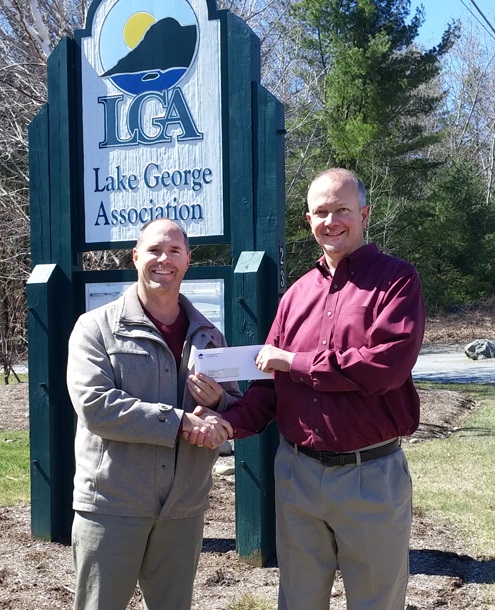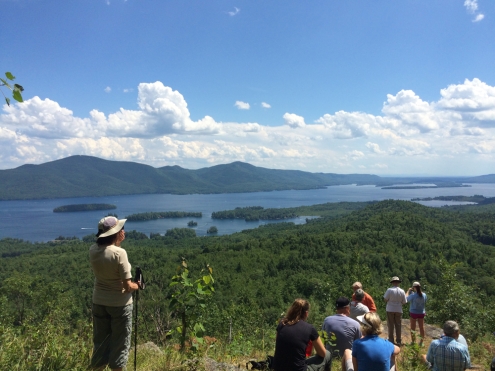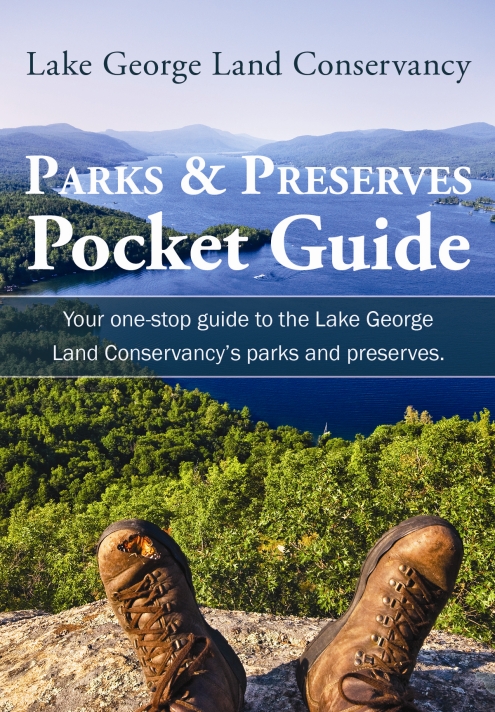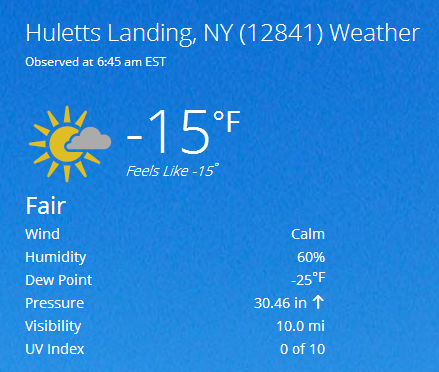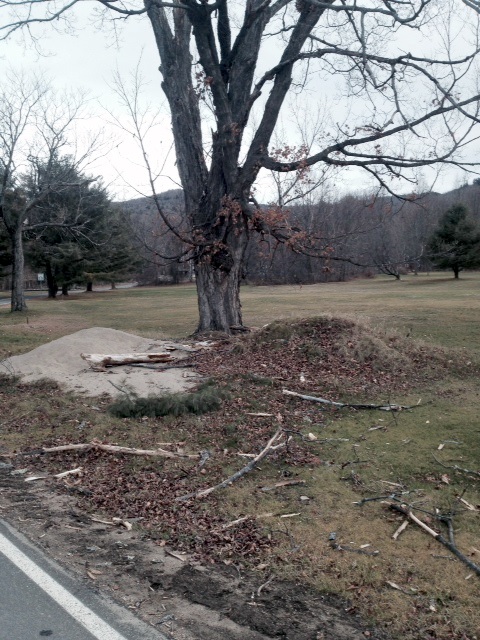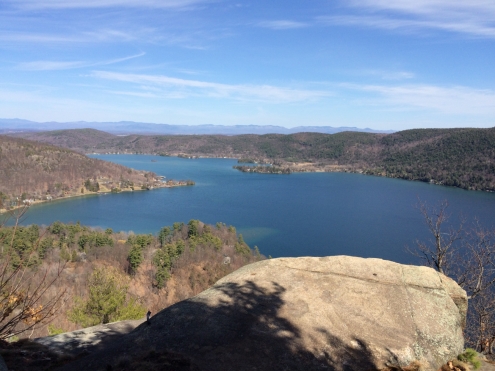
Kristen Rohne, of the Lake George Association.
Kristen Rohne, the Lake George Association’s Director of Education, has been elected to serve on the Board of Directors of the New York State Federation of Lake Associations.
The election took place at the Federation’s recent annual conference in Hamilton, NY.
“NYSFOLA is delighted to welcome Kristen to our Board of Directors,” said Nancy Mueller, Manager of the New York Federation of Lake Associations. “Her professional experience at the Lake George Association and deep connections with many Adirondack region lake associations makes her a valuable member.”
“We are stronger together,” said Rohne. “Our lakes don’t exist in a vacuum, so it is important to share the message of water protection and share tips to make that happen so we are all protected and knowledgeable. NYSFOLA is a powerful tool that allows us all to collaborate, share knowledge and share experiences. I am proud and humbled to be elected to the Board.”
Like the Lake George Association, NYSFOLA members focus on protecting and improving water quality in hundreds of lakes throughout the state. NYSFOLA helped develop the groundbreaking Citizens Statewide Lake Assessment Program and is actively involved in many other lake management issues. It is the New York State chapter of the North American Lake Management Society.
“NYSFOLA was incorporated in 1983, largely through the efforts of the Lake George Association, and we have a long history of collaboration,” Mueller said. “Kristen will be the fourth LGA representative on the NYSFOLA Board, and we look forward to her contributions.”

